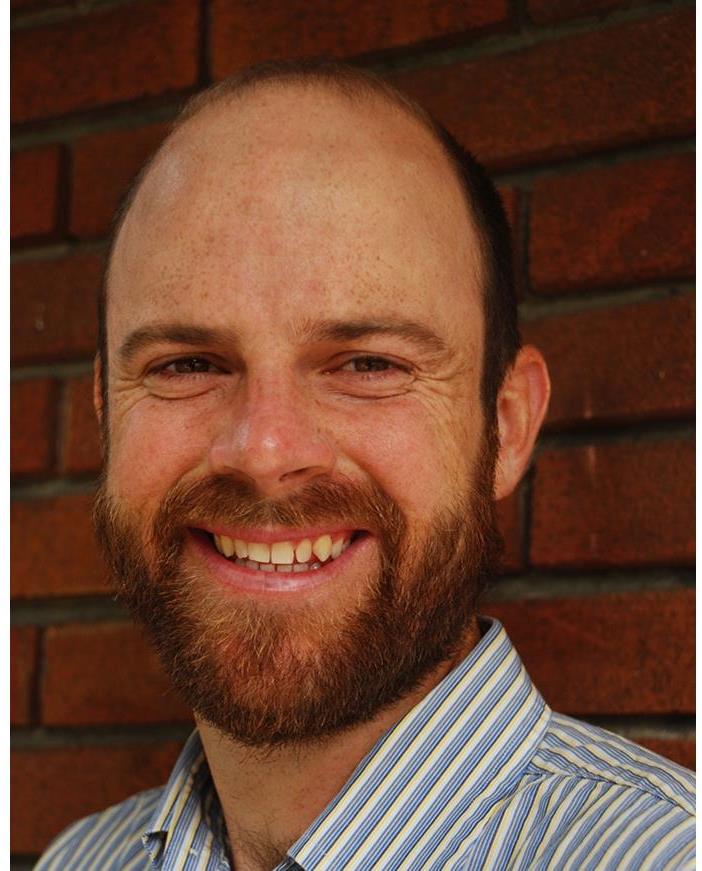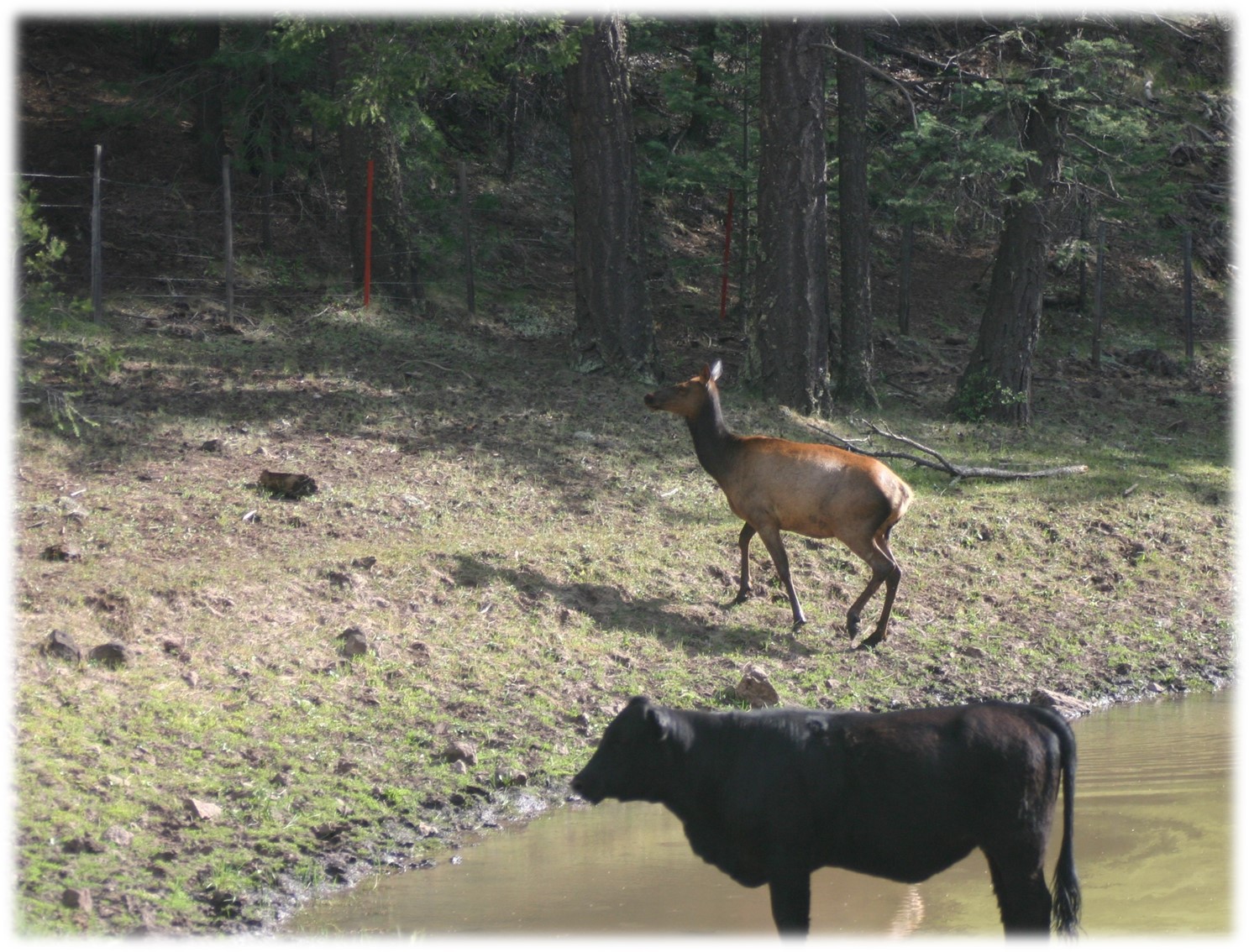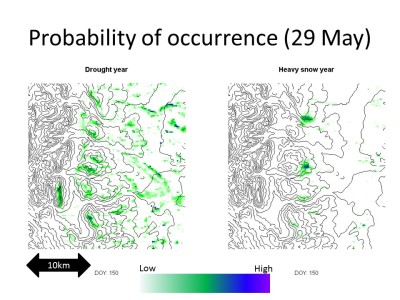Brucellosis is a bacterial disease resulting in abortions for some ungulates. It remains endemic to elk and bison in the Greater Yellowstone Ecosystem and can be transmitted to cattle via comingling between March and May when most abortions occur. Concurrently, elk migrate from low-elevation areas featuring private lands and cattle to higher-elevation public lands. Thus, the spatio-temporal dynamics of elk migration have the potential to mediate brucellosis transmission to cattle. Elk migration patterns are being altered by climate change and understanding how these patterns are shifting is important for managing brucellosis transmission risk to cattle.
We used GPS collar data from 253 adult female elk captured on winter feedgrounds in Wyoming to a) develop a movement model for elk, b) simulate elk distribution under varying annual weather patterns, and c) map areas of high risk for interspecific brucellosis transmission. As the abortion season progresses, elk behavior shifts from a reliance on supplemental feed and avoidance of deep snow to tracking an elevational wave of green vegetation. Simulations suggest that elk distribution is related to snow dynamics; in late April during drought years most elk use higher elevation public lands, whereas during heavy snow years elk remain congregated at feedgrounds with some individuals moving to lower elevation private lands to exploit initial green-up. Predicting variation in migratory behavior enables managers to identify where proactive management can mitigate risks posed by brucellosis.
Publications
Merkle, J.A., P.C. Cross, B.M. Scurlock, E.K, Cole, A.B., Courtemanch, S.R., Dewey, and M.J. Kauffman. 2017. Linking spring phenology with mechanistic models of host movement to predict disease transmission risk. Journal of Applied Ecology in press. Link here.
Project Lead
Jerod Merkle: I have a B.S. in Wildlife Biology from the University of Arizona (2006), a M.S. in Wildlife Biology from the University of Montana (2011), and a Ph.D. in Biology from Université Laval, Québec (2014). I am a quantitative wildlife ecologist with broad interests in understanding how the movement of animals scales-up to population- and landscape-level ecological processes. MORE »

Funding & Partners
Paul Cross (USGS) · Brandon Scurlock (WYGF) · Eric Cole (USFWS) · Sarah Dewey (GTNP) · Aly Courtemanch (WGFD) · USDA National Institute of Food and Agriculture postdoctoral fellowship (award # 2014-01928) · Wyoming Game & Fish Department · U.S. Geological Survey · U.S. Fish & Wildlife Service · U.S. National Park Service




